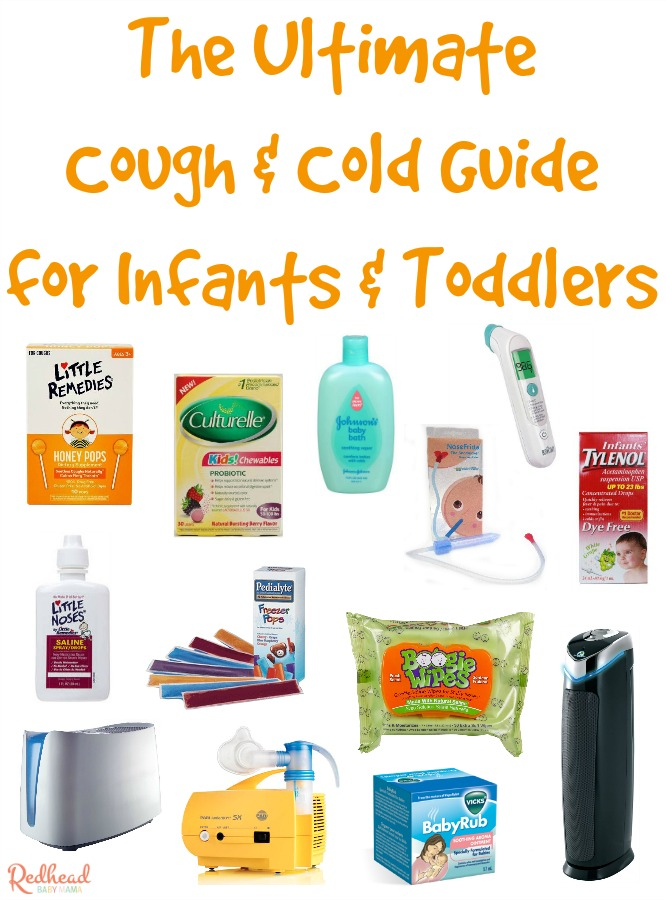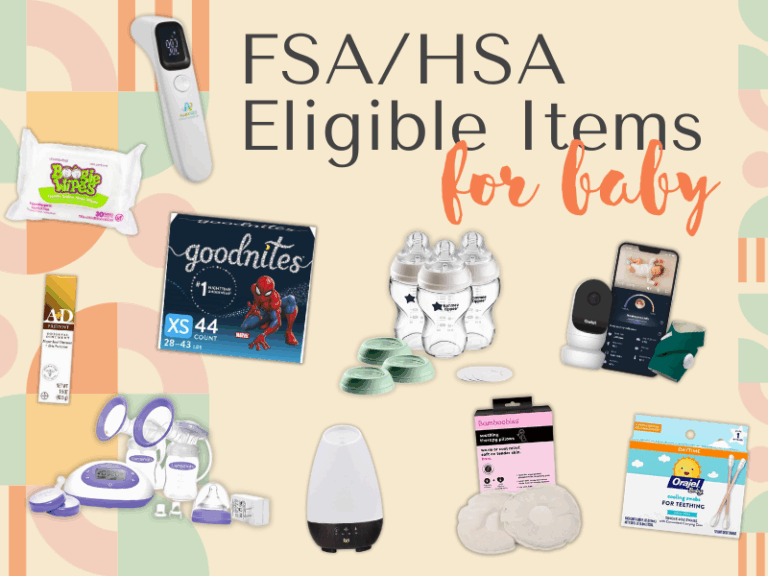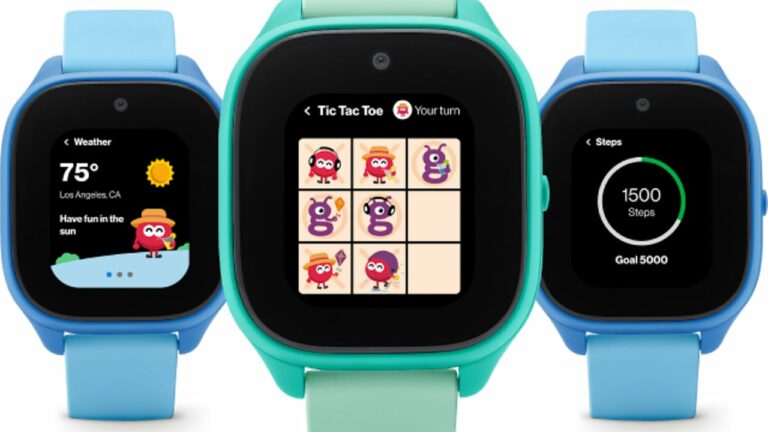How To Get Breastfed Baby To Take A Bottle
Are you struggling to get your breastfed baby to take a bottle? You’re not alone. Many parents face this challenge when trying to introduce a bottle to their breastfed baby. In this article, we will explore effective strategies and tips to help you successfully transition your baby from breast to bottle.
Knowledge
When it comes to getting a breastfed baby to take a bottle, it’s essential to understand the reasons behind their reluctance. Breastfed babies can develop a strong preference for breastfeeding due to the comfort, warmth, and bonding it provides. Introducing a bottle can disrupt this routine, leading to resistance from the baby.
One effective strategy to encourage your baby to take a bottle is to start early. Begin by introducing a bottle when your baby is around 3-4 weeks old. Waiting too long can make the transition more challenging. Start by offering the bottle once a day to get your baby accustomed to the experience.
It’s crucial to choose the right bottle and nipple for your baby. Look for bottles that mimic the shape and feel of a breast to make the transition smoother. Experiment with different nipple flows to find the one that your baby prefers. Some babies may prefer a slower flow to mimic the natural pace of breastfeeding.
Creating a comfortable and familiar environment can also help your baby accept the bottle. Try to feed your baby in a quiet, calm space to minimize distractions. Hold your baby close to replicate the bonding experience of breastfeeding. Skin-to-skin contact can also help soothe your baby during bottle feeding.
Patience is key when transitioning your breastfed baby to a bottle. It’s normal for babies to resist change, so be prepared for some trial and error. Stay calm and positive during feeding sessions, and avoid pressuring your baby to take the bottle. Gradually increase the frequency of bottle feedings as your baby becomes more comfortable.
Consistency is crucial when introducing a bottle to a breastfed baby. Try to establish a feeding routine that includes both breastfeeding and bottle feeding. This can help your baby adapt to the change and reduce their resistance over time. Be patient and persistent, and remember that every baby is different.
Conclusion
In conclusion, getting a breastfed baby to take a bottle can be a challenging but achievable task. By understanding your baby’s preferences and needs, choosing the right bottle and nipple, creating a comfortable environment, and being patient and consistent, you can successfully transition your baby from breast to bottle feeding. This article is aimed at parents who are struggling with this transition and provides valuable tips and strategies to help them overcome this challenge.
Ultimately, the ability to get your breastfed baby to take a bottle can provide flexibility and convenience for both you and your baby. It allows you to share feeding responsibilities with other caregivers and gives you the freedom to be away from your baby for short periods. By following the tips outlined in this article and being patient and persistent, you can achieve success in introducing a bottle to your breastfed baby.






